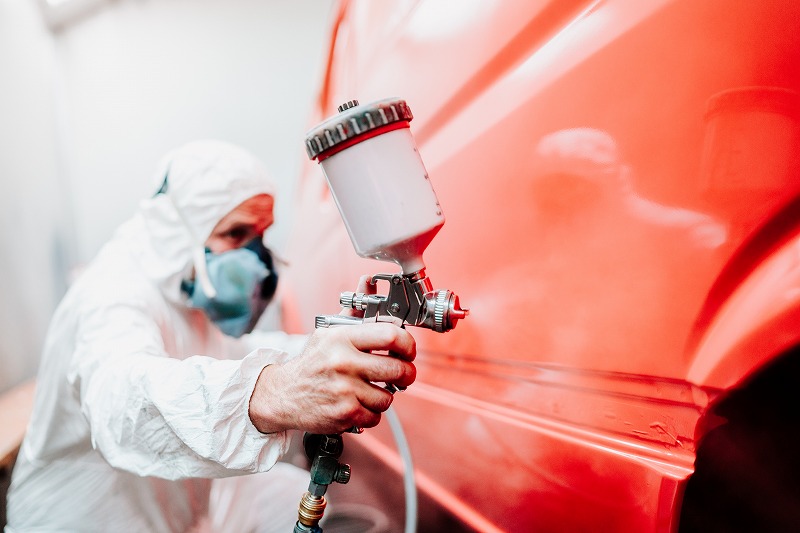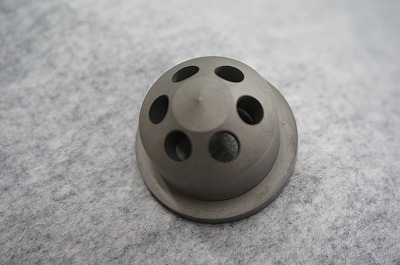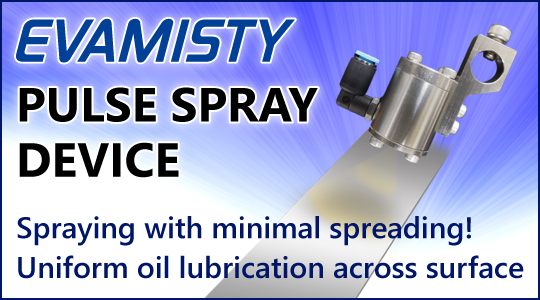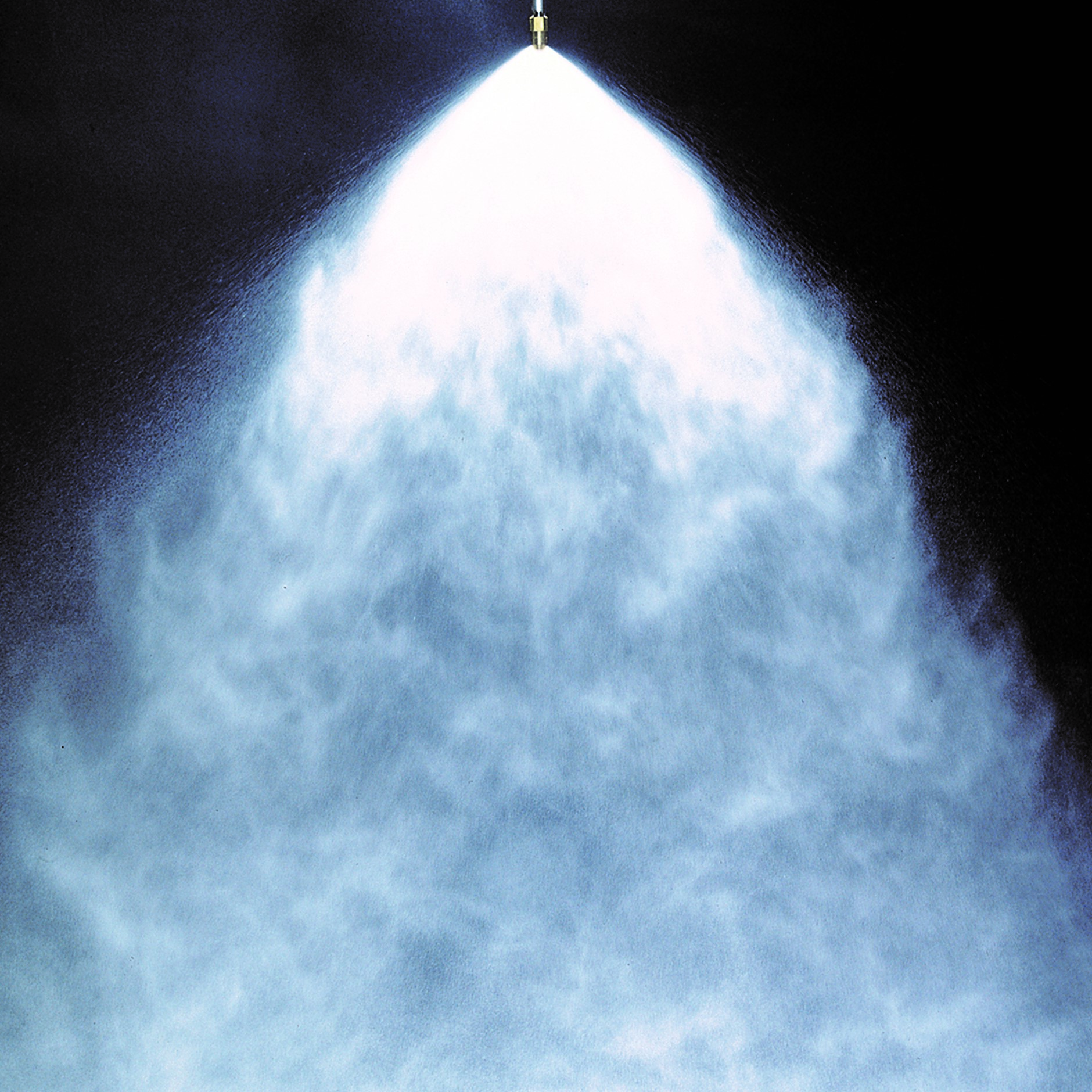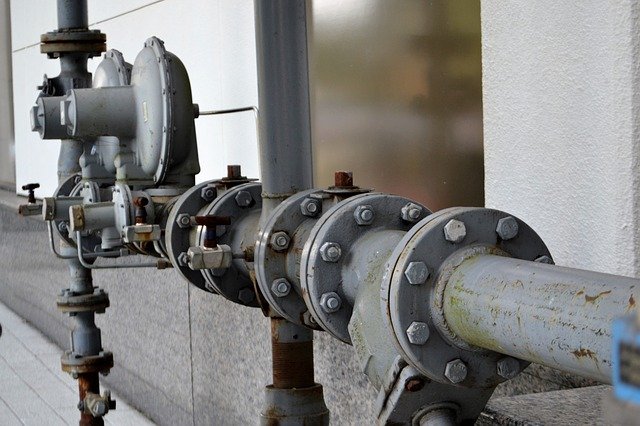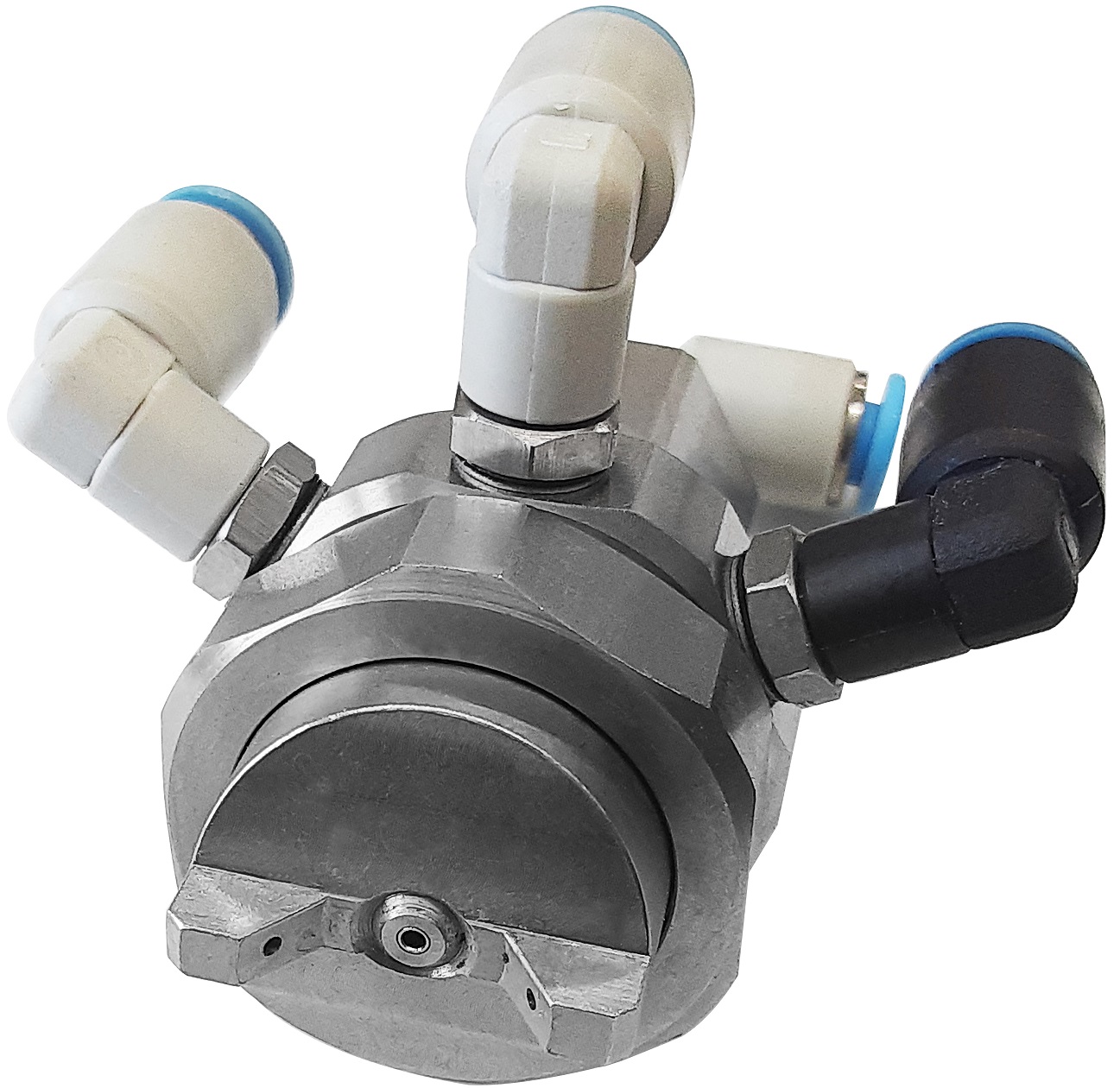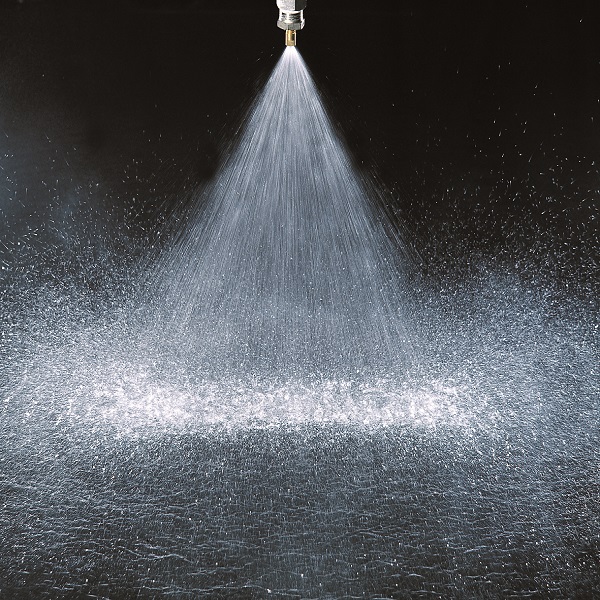Challenges
High temperature exhaust gas is generated since massive amounts of garbage are burnt at garbage incineration facilities. The exhaust gas contains harmful substances such as sulfur oxide(Sox), nitrogen oxide(NOx), dioxin and others, which have to be properly treated.
Since the exhaust gas temperature increases more than 1,000 degrees Celsius, the walls inside a furnace are covered with some refractories to protect the garbage incineration facilities from a high temperature, which helps the facilities operate in a stable condition. The refractories could be damaged when the exhaust gas temperature rises extremely high. Therefore, the furnace has to cool down by some water spray at more than certain temperature. Spray nozzle is a method for this cooling measure. Depending on locations of the spray nozzle installation, the spray might hit the wall by the exhaust gas flow, which causes some damages.
In this case, one of our customers had a refractory damage issue since some sprayed water from the existing spray nozzles hit the wall. The refractory damage creates not only some issues as mentioned above but also cost increases in the maintenances and operations. The customer would like to avoid the furnace wall damages at an appropriate cost without any additional insertion tube installations or pipe and equipment modifications.
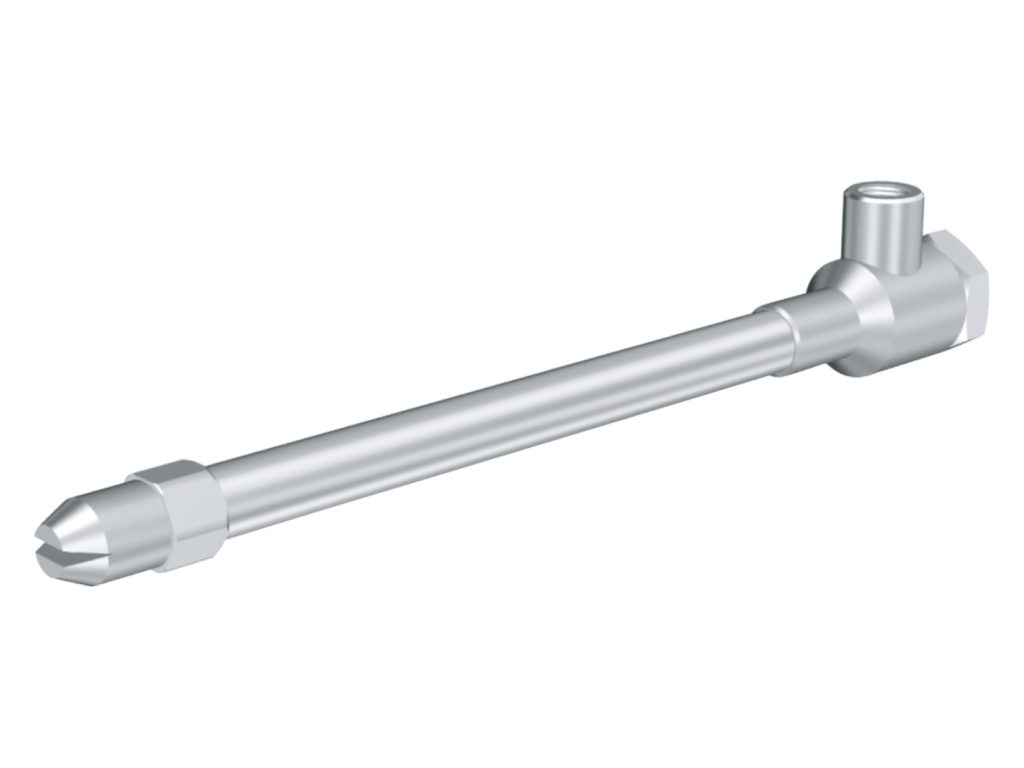
Selecting our spray nozzle without considering the nozzle install location inside the furnace, some sprayed water could hit the furnace wall. To keep the current spray performance and avoid any furnace wall damages, without any water pressure, air pressure, water flow rate and air flow rate changes, a special modified nozzle with a narrow spray angle and diagonal 45 degrees downward spray direction switching from parallel one would be required.
Trial
Firstly, we analyzed the spray pattern from the existing nozzle flow distribution. Secondly, based on the current nozzle measured data and furnace wall drawing, we studied the spray angle and direction which would not hit the furnace wall. We made a porotypes to measure the flow distribution and repeatedly adjusted the prototype.
According to the data, we designed a spray nozzle without any spray contacts to the furnace wall. However, lastly, confirming that there would not be any issues by the installation, we finally made the spray nozzle meeting the customer's requests.


